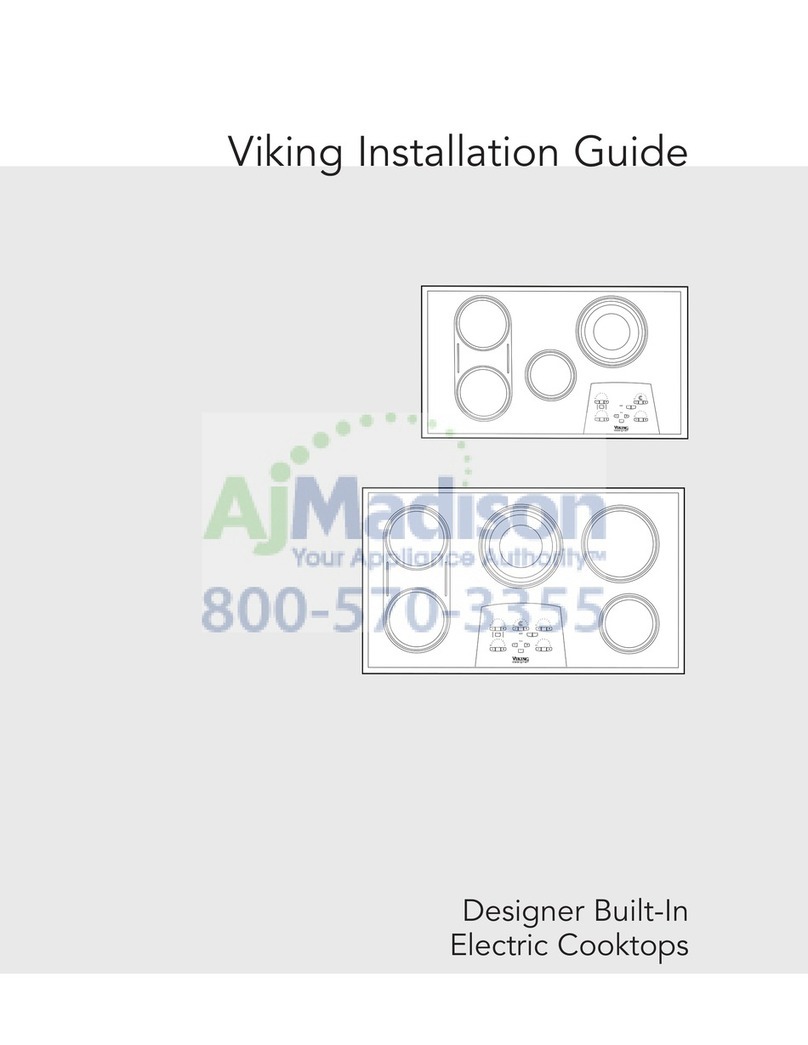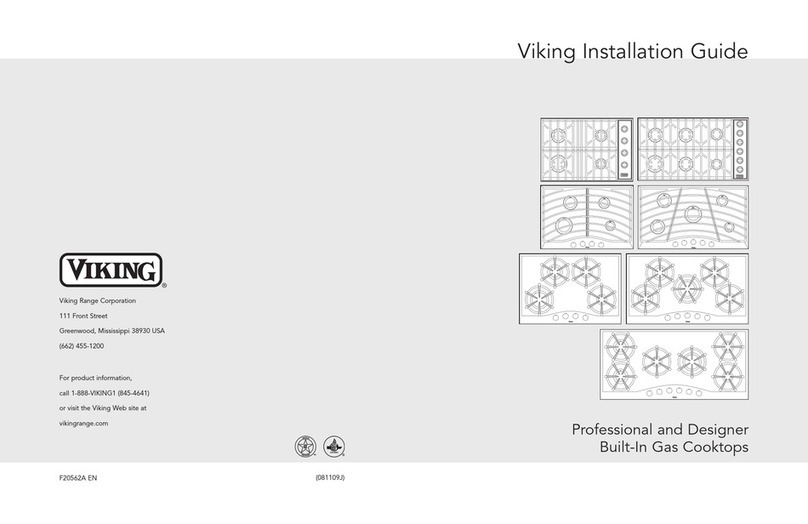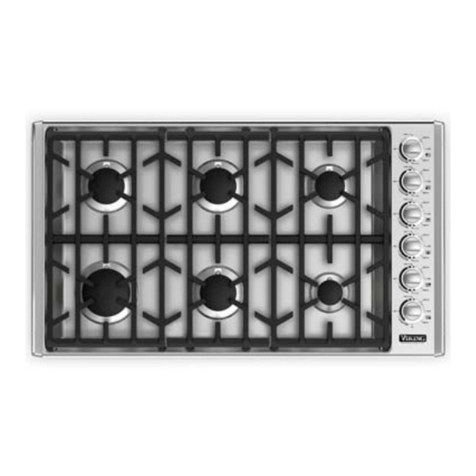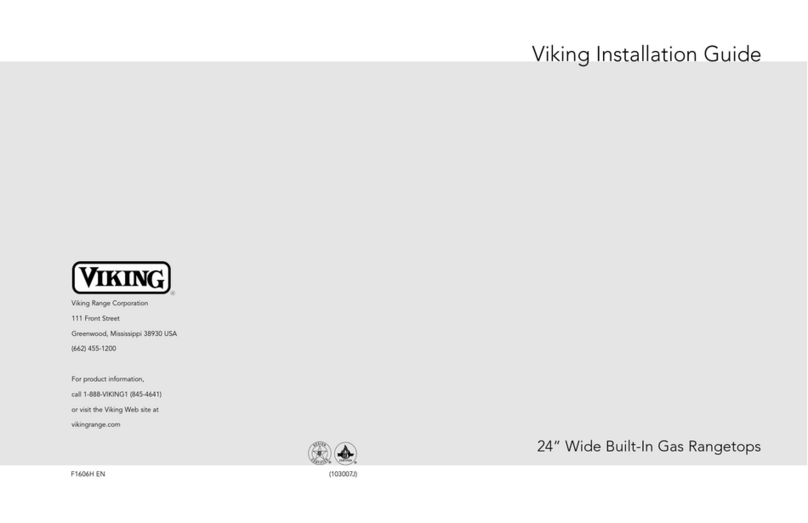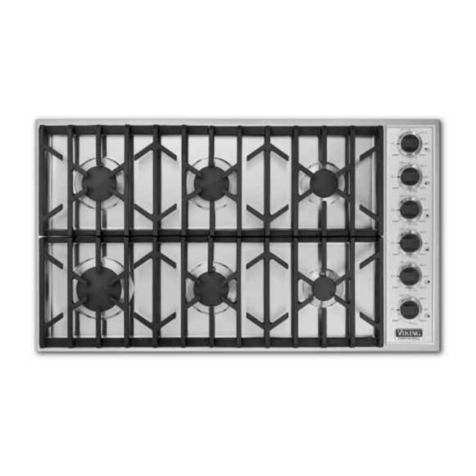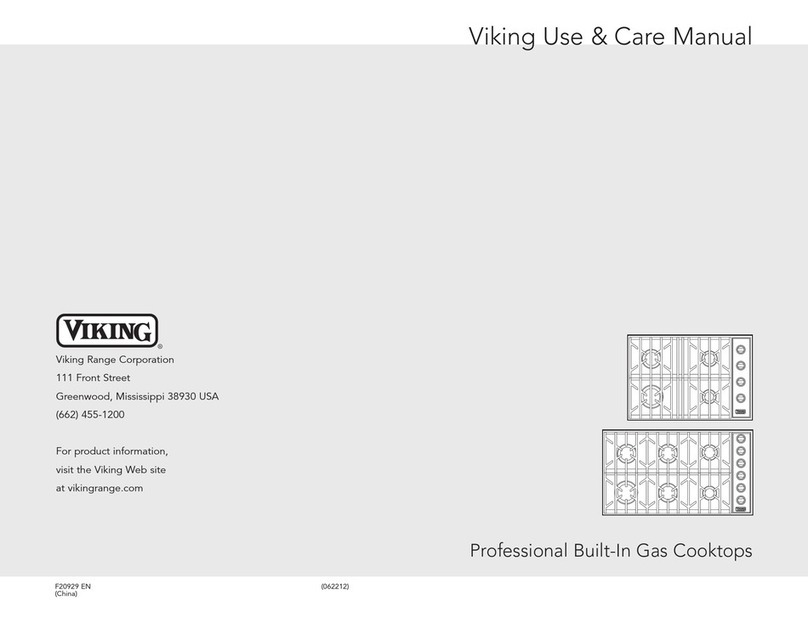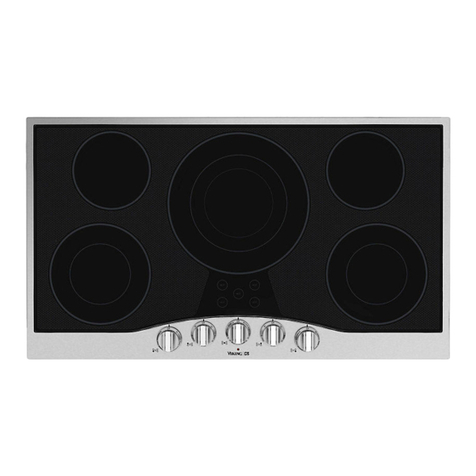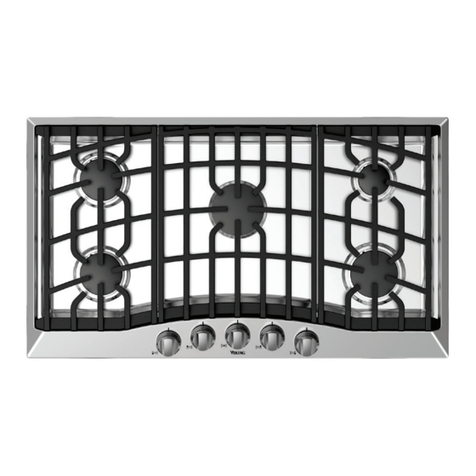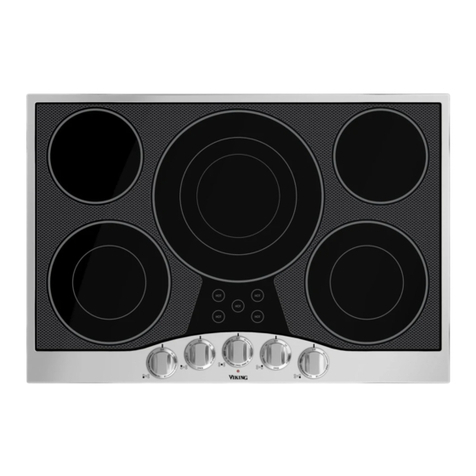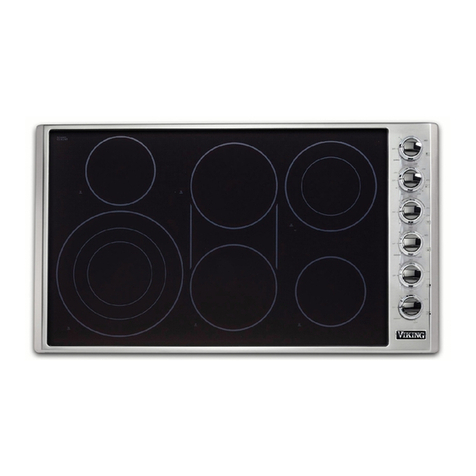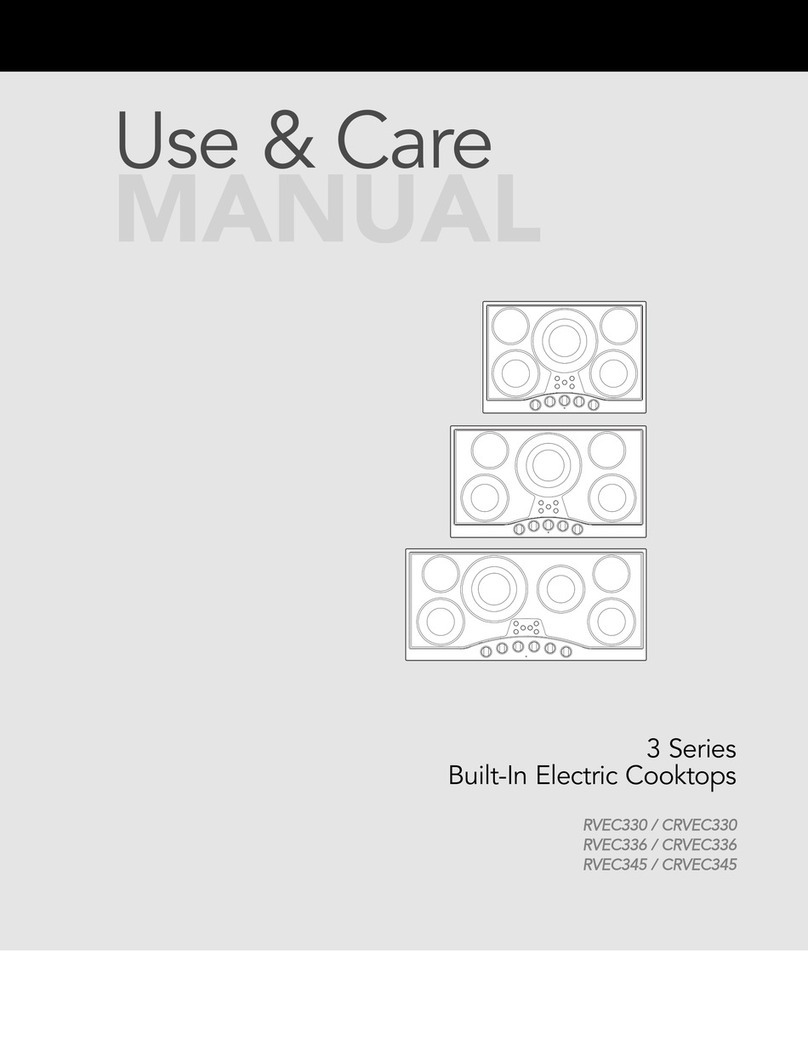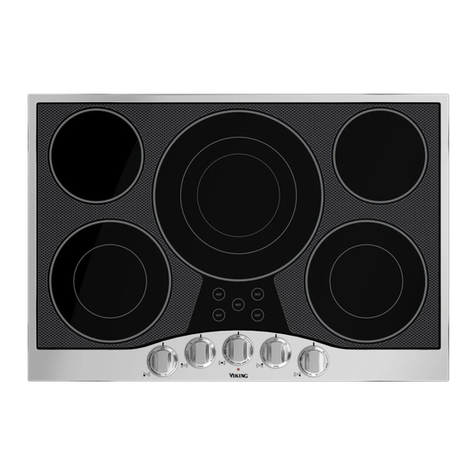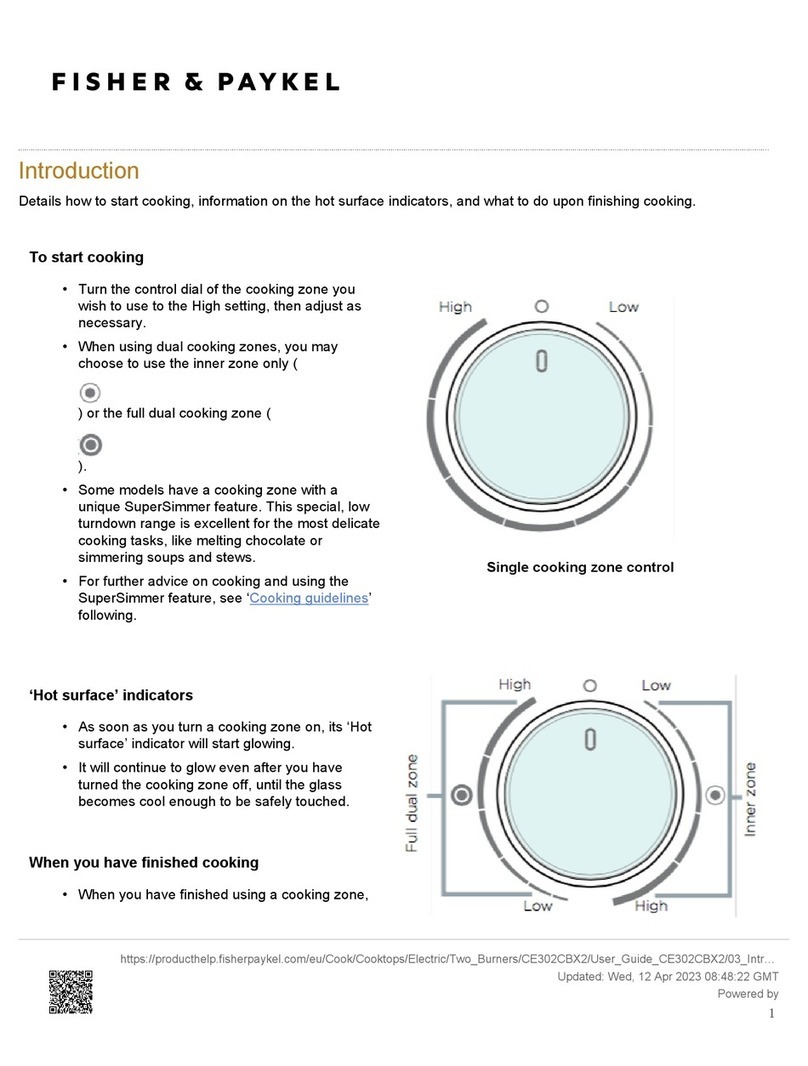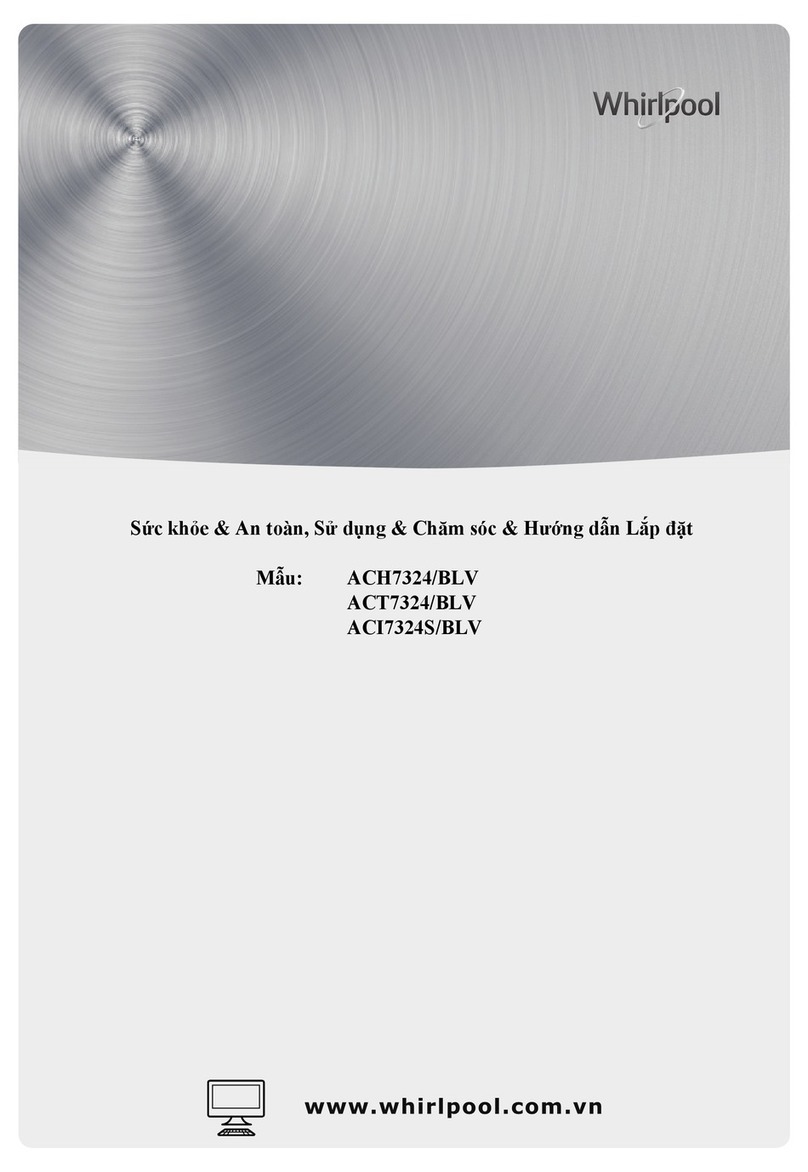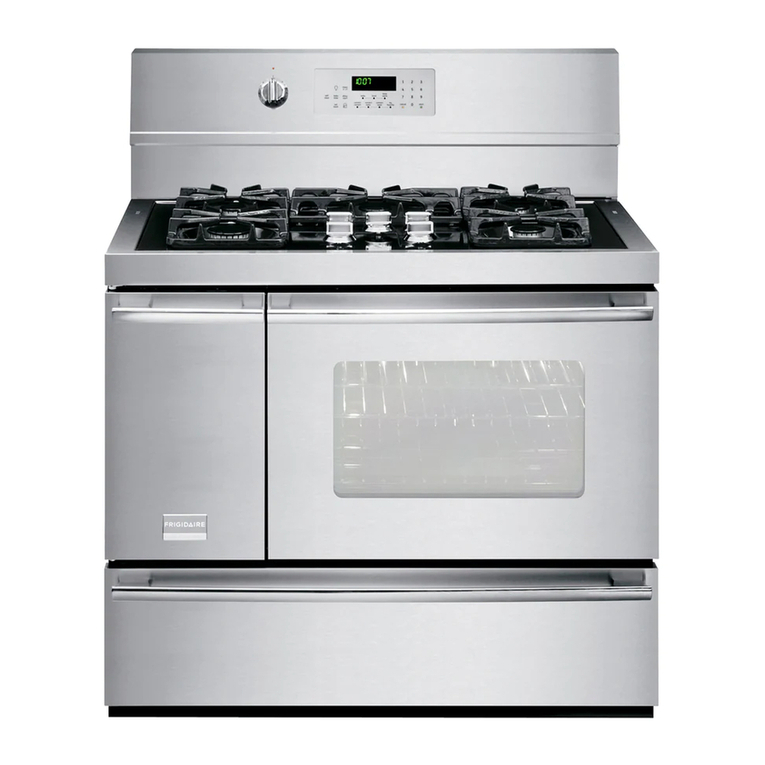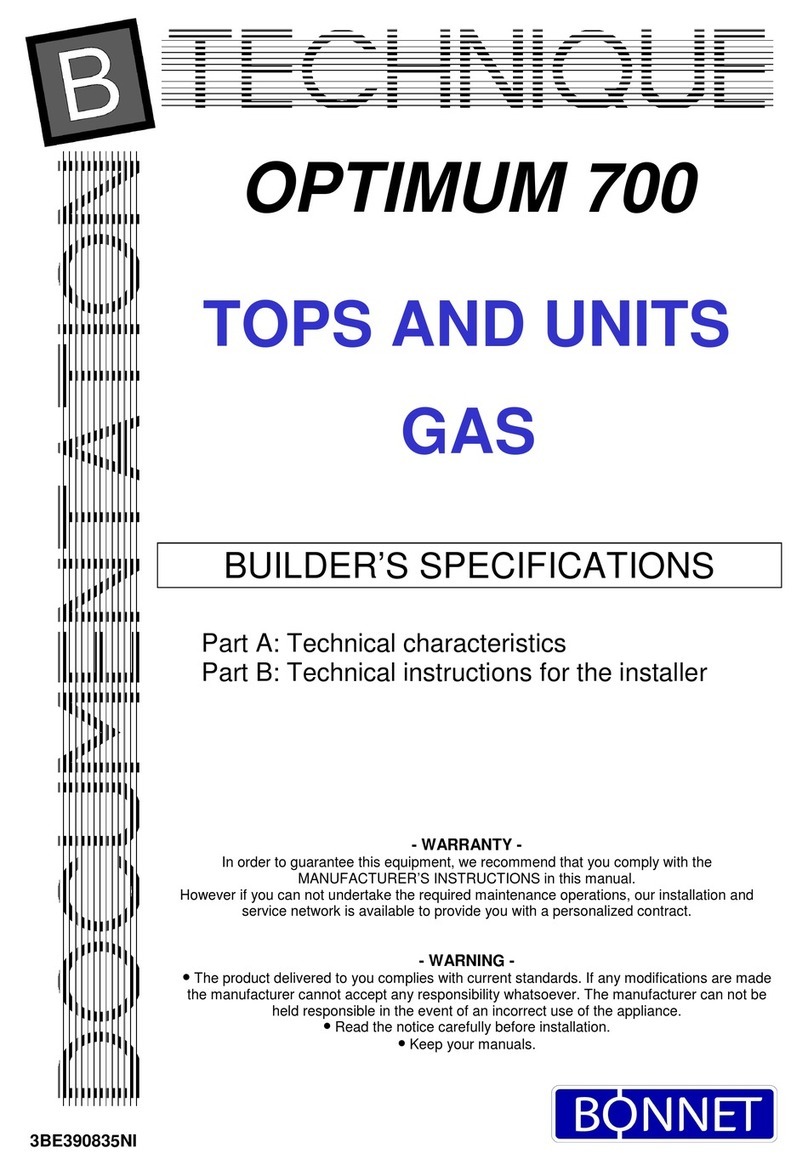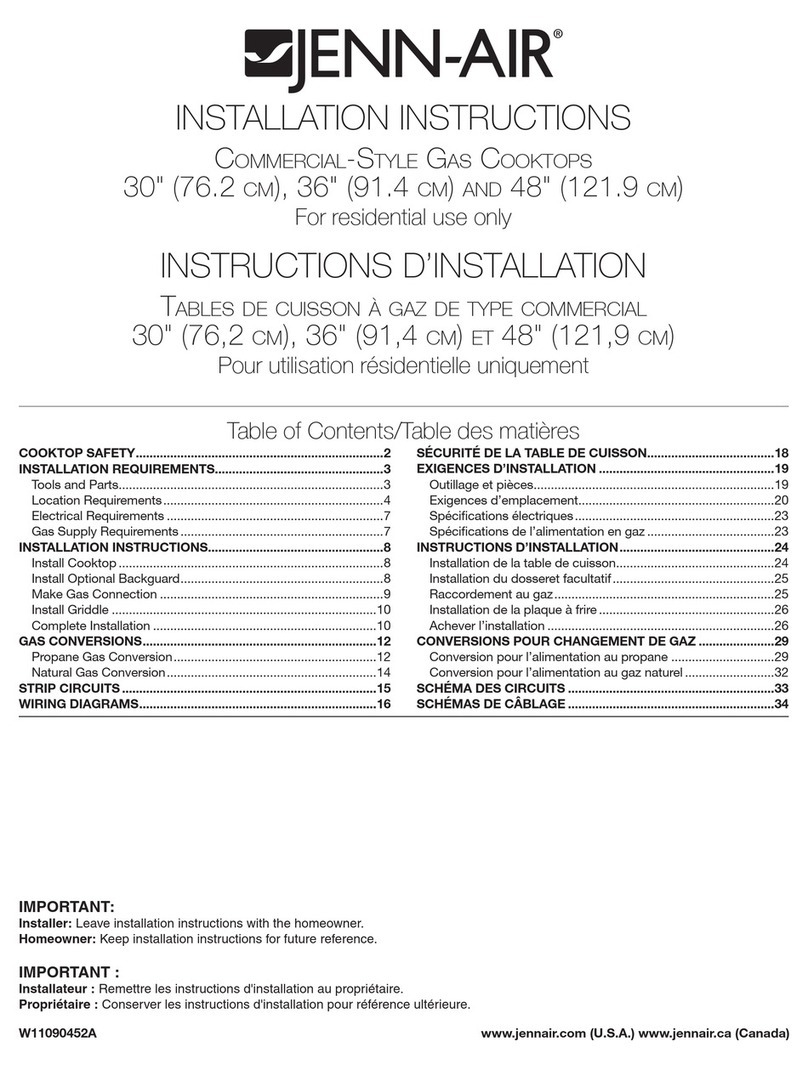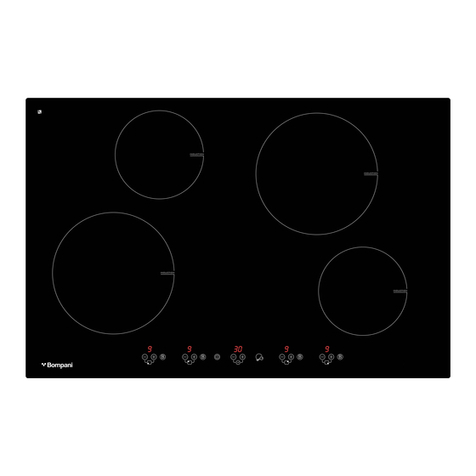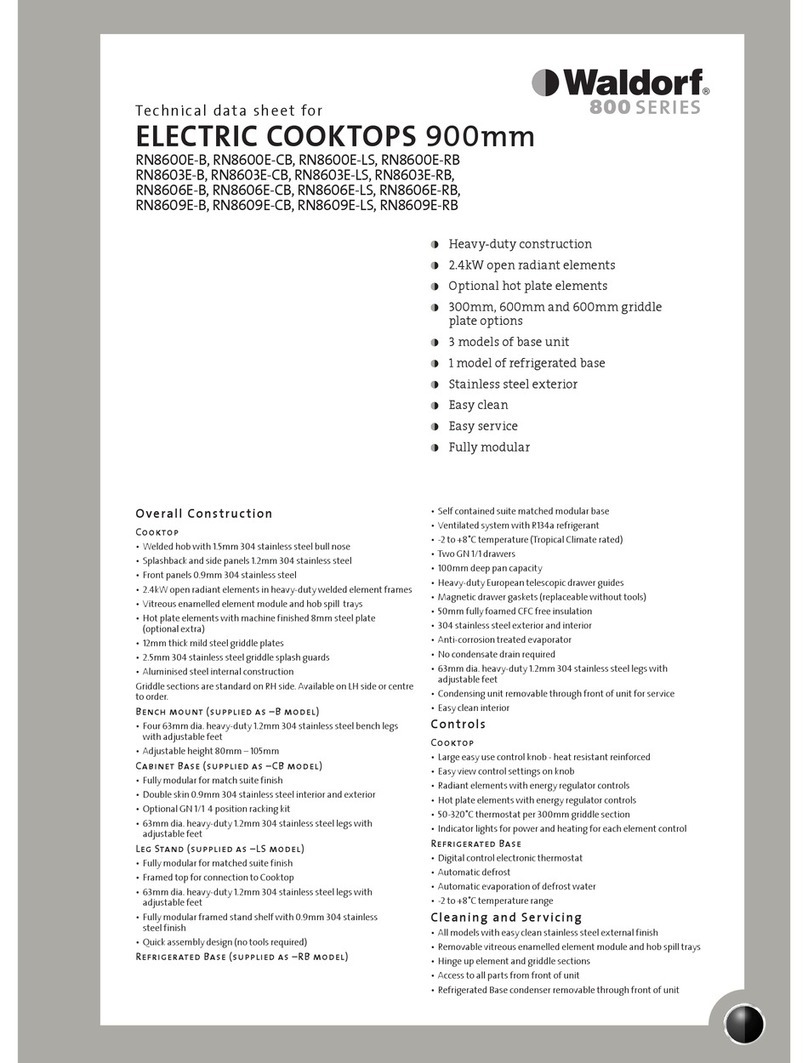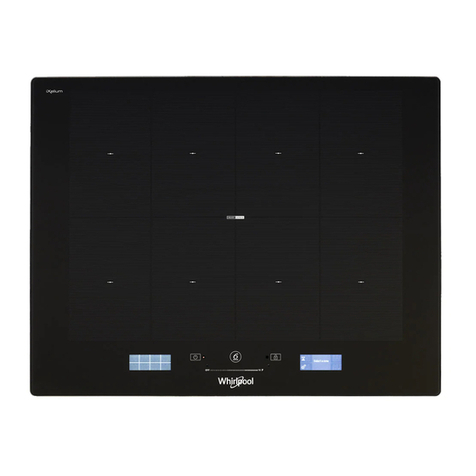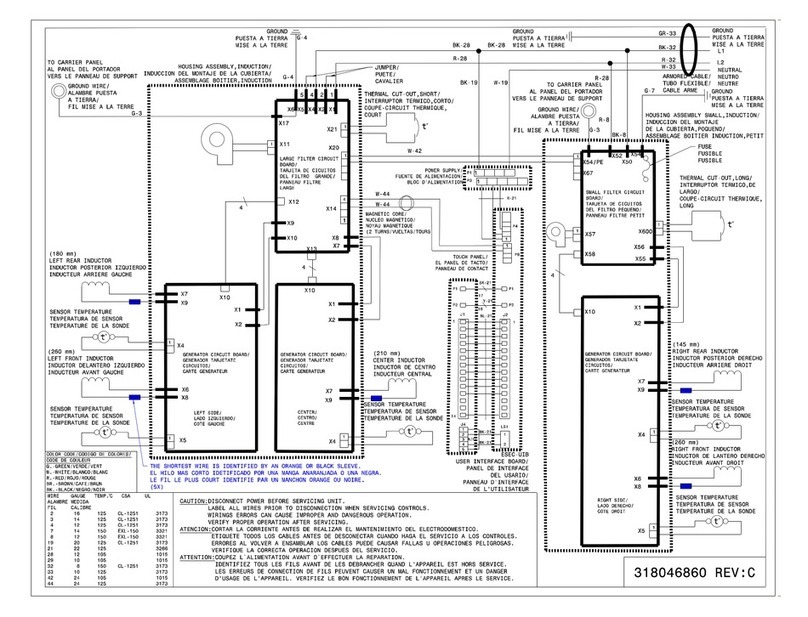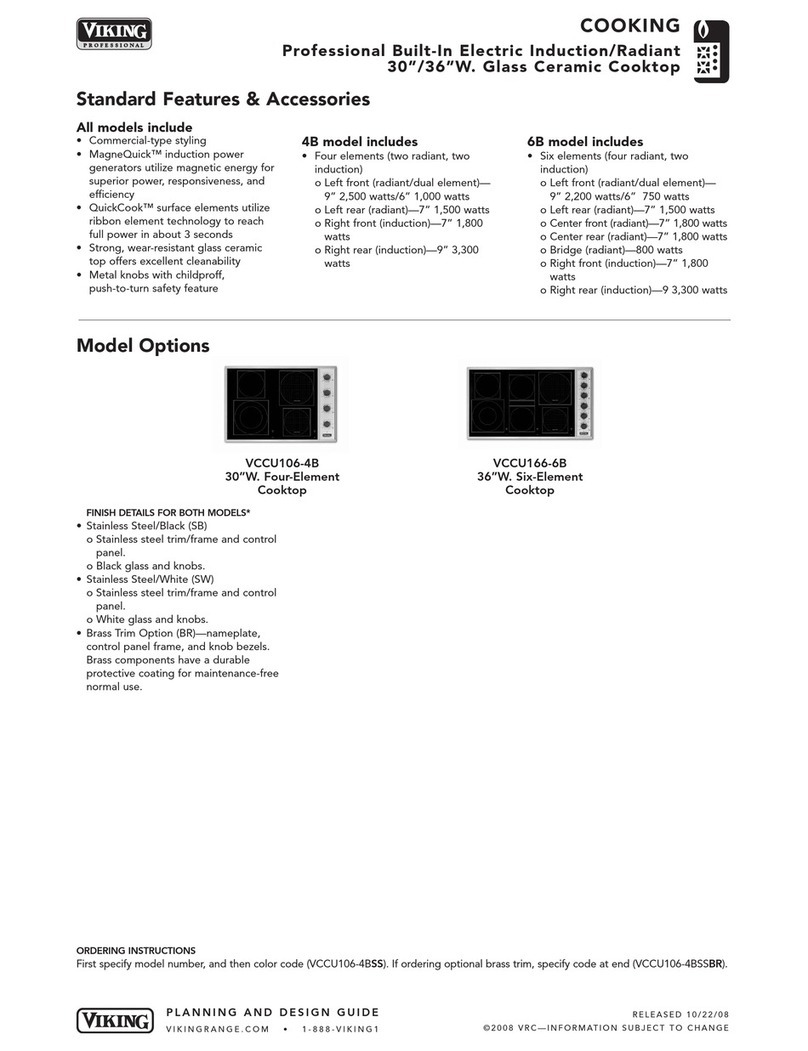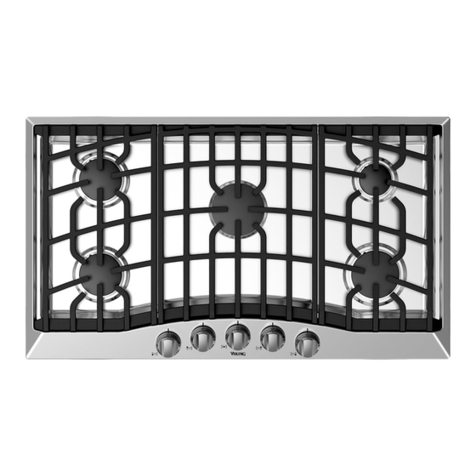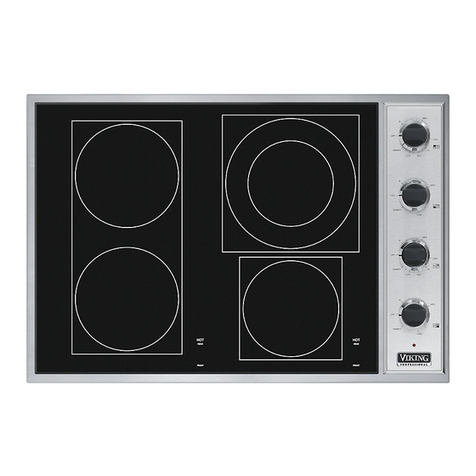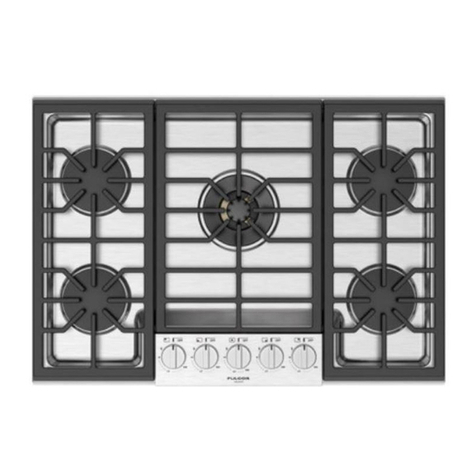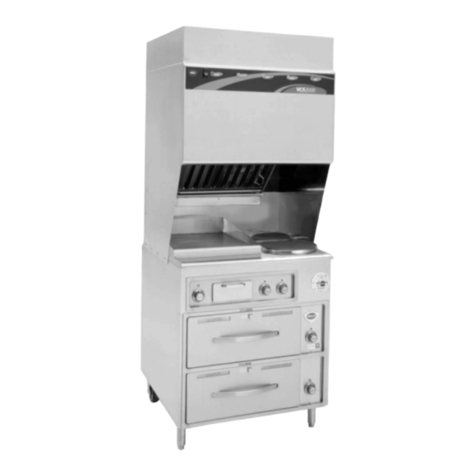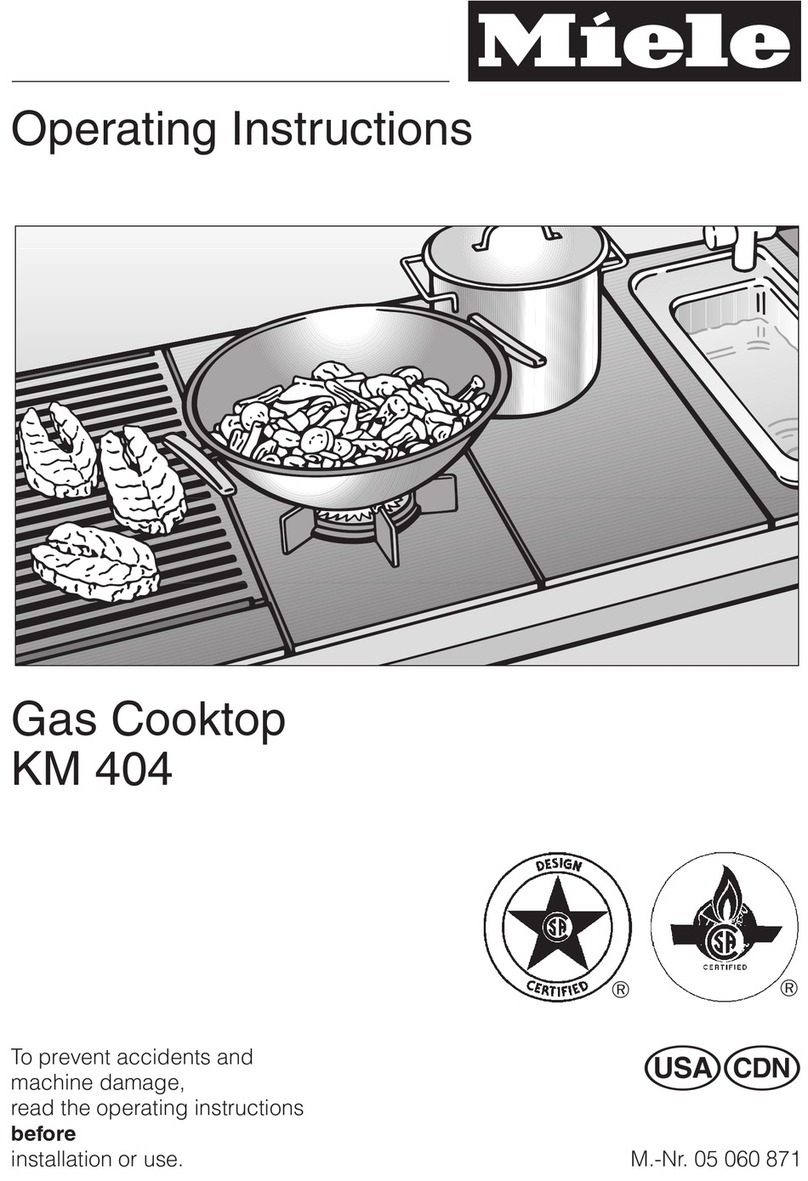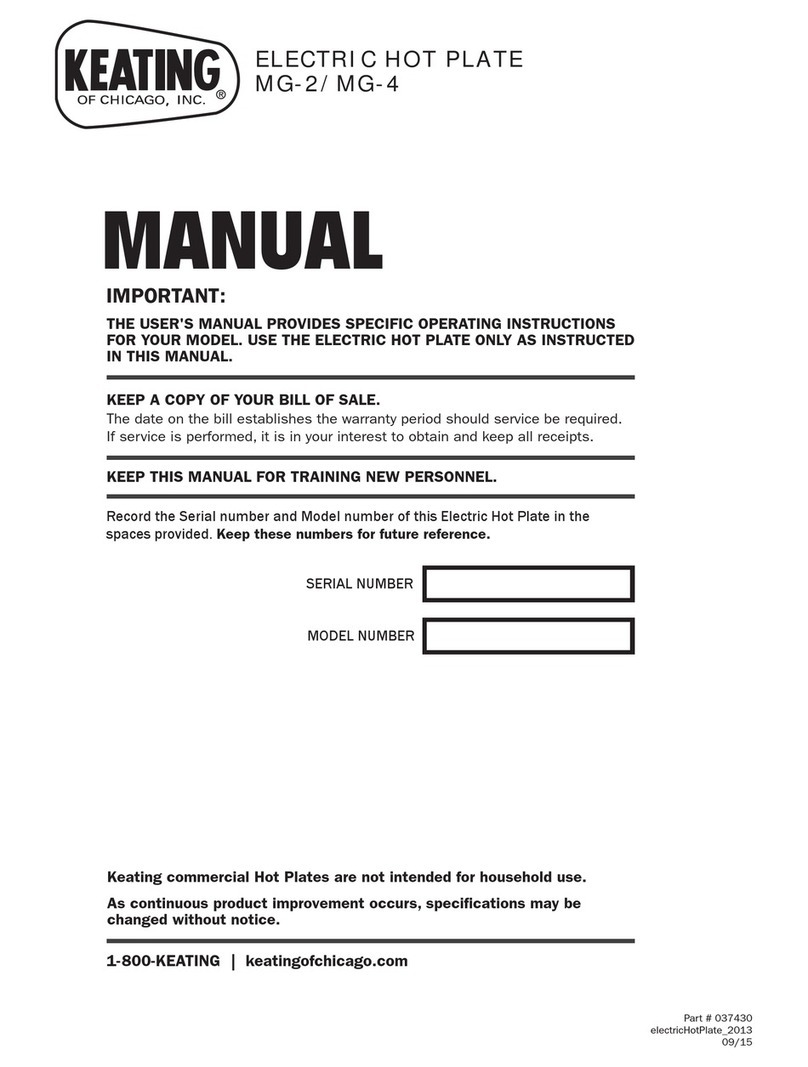3
WWAARRNNIINNGG
IIfftthheeiinnffoorrmmaattiioonniinntthhiissmmaannuuaalliissnnoottffoolllloowweeddeexxaaccttllyy,,aaffiirree
oorreexxpplloossiioonnmmaayyrreessuullttccaauussiinnggpprro
oppeerrttyyddaammaaggee,,ppeerrssoonnaall
iinnjjuurryyoorrddeeaatthh..
WWAARRNNIINNGG
11..RReeaaddaalllliinnssttrruuccttiioonnssbbeeffoorreeuussiinnggtthheepprroodduucctt..
22..IInnssttaalllloorrllooccaatteetthheepprroodduuccttoonnllyyiinnaaccccoorrdda
anncceewwiitthhtthhee
pprroovviiddeeddIInnssttaallllaattiioonnIInnssttrruuccttiioonnss..
WWAARRNNIINNGG
••TTHHIISSRRAANNGGEECCAANNTTIIPP
••IINNJJUURRYYTTOOPPEERRSSOONNSSCCOOUULLDDRREESSUULLTT
••IINNSSTTAALLLLAANNTTII--TTIIPPDDEEVVIICCEEPPAACCEEDD
WWIITTHHRRAANNGGEE
••SSEEEEIIN
NSSTTAALLLLAATTIIOONNIINNSSTTRRUUCCTTIIOONNSS
2
CCoonnggrraattuullaattiioonnss......
Your purchase of this product attests to the importance you
place upon the quality and performance of the major appliances you
use. With minimal care, as outlined in this guide, this product is
designed to provide you with years of dependable service. Please take
the few minutes necessary to learn the proper and efficient use and
care of this quality product.
We appreciate your choosing a Viking Range Corporation
product, and hope that you will again select our products for your
other major appliance needs.
TTaabblleeooffCCoonntteennttss
Warnings . . . . . . . . . . . . . . . . . . . . . . . . . . . . . . . . . . . . . . . . . 2
Important Safety Instructions . . . . . . . . . . . . . . . . . . . . . . . . . 3
Surface Cooking . . . . . . . . . . . . . . . . . . . . . . . . . . . . . . . . . . . 6
Before Your Use Your New Rangetop/Range . . . . . . . . . . . . . 7
Basic Functions of Your Oven . . . . . . . . . . . . . . . . . . . . . . . . . 10
Oven Operations . . . . . . . . . . . . . . . . . . . . . . . . . . . . . . . . . . 12
Cleaning and Maintenance . . . . . . . . . . . . . . . . . . . . . . . . . . 28
Self-Clean Cycle . . . . . . . . . . . . . . . . . . . . . . . . . . . . . . . . . . . 31
Power Failure . . . . . . . . . . . . . . . . . . . . . . . . . . . . . . . . . . . . . 33
Service Information . . . . . . . . . . . . . . . . . . . . . . . . . . . . . . . . . 34
Warranty . . . . . . . . . . . . . . . . . . . . . . . . . . . . . . . . . . . . . . . . . 35
IImmppoorrttaannttSSaaffeettyyIInnssttrruuccttiioonnss
1. Your unit should be installed by a qualified technician. The
appliance must be installed and electrically grounded according to
local codes.
2. Do not attempt to repair or replace an part of this appliance unless
specifically recommended in this manual. All servicing should be
referred to a qualified technician. Warranty service must be
performed by an authorized service agency.
3. The “push-to-turn” knobs of this range are designed to be child-
safe. However, children should not be left alone in the kitchen
while the range is in use. Do not store items of interest to children
over the unit. CCAAUUTTIIOONN::Children climbing to reach items could
be seriously injured.
4. GREASE is flammable and should be handled carefully. Do not
use water on grease fires. Never pick up a flaming pan. Smother
flaming pan by covering utensil completely with well-fitting lid,
cookie sheet or flat tray. Flaming grease outside of utensil can be
extinguished with baking soda or, if available, a multipurpose dry
chemical or foam type extinguisher.
5. Never leave the surface area unattended at high heat setting.
Boil-overs cause smoking and greasy spill-overs which may ignite.
6. If you are “flaming” liquor or other spirits under an exhaust, TTUURRNN
TTHHEEFFAANNOOFFFF..The draft could cause the flames to spread out of
control.
7. Wear proper apparel. Loose-fitting or hanging garments should
never be worn while using the appliance.
8. Never use your range for warming or heating a room. This is
based on safety considerations.
9. Use proper pan size. Select utensils having flat bottoms large
enough to cover the burner. Using undersized utensils allows the
flame to come up the side of the utensil, scorching the outside of
the utensil and making cleanup harder.

